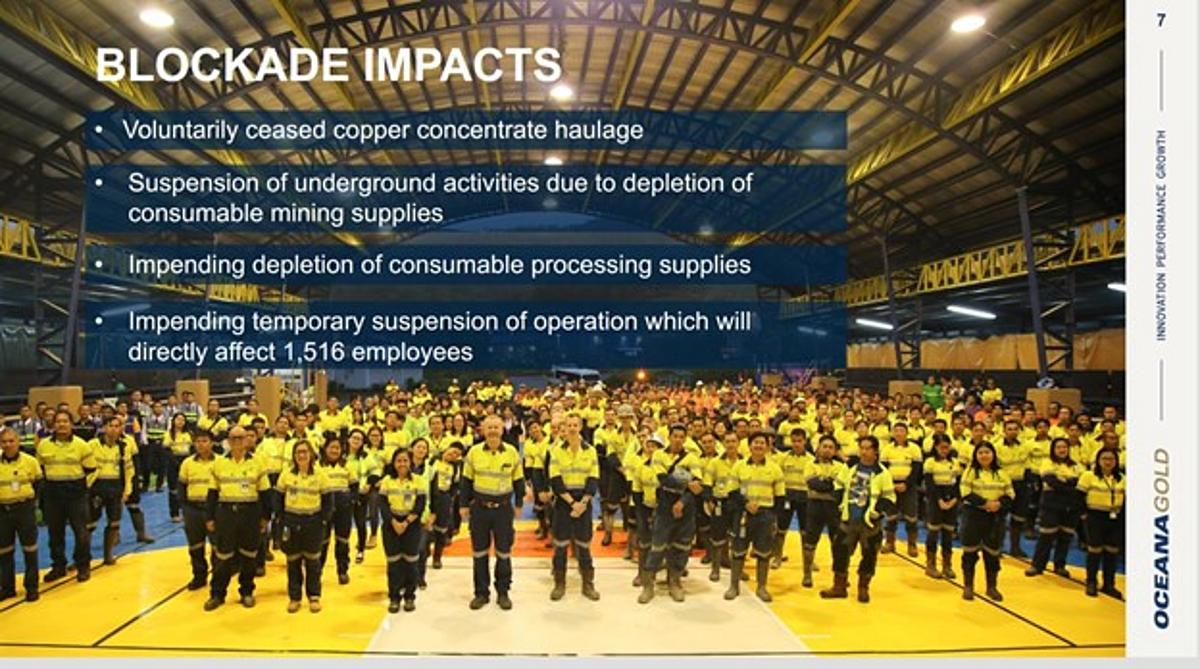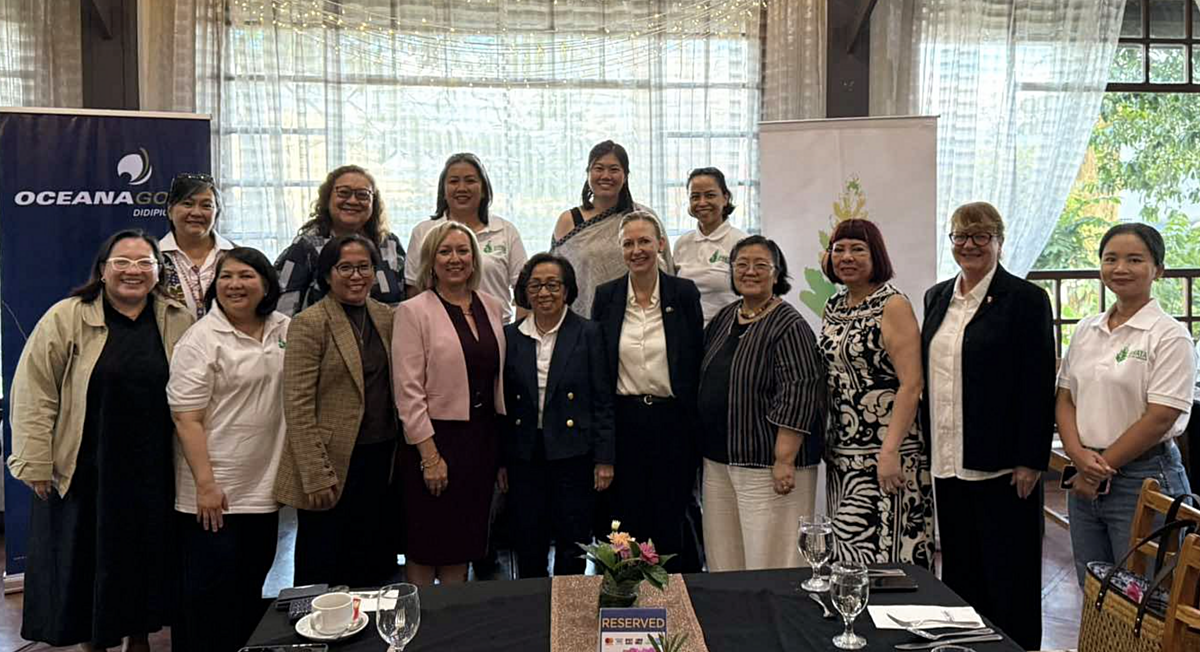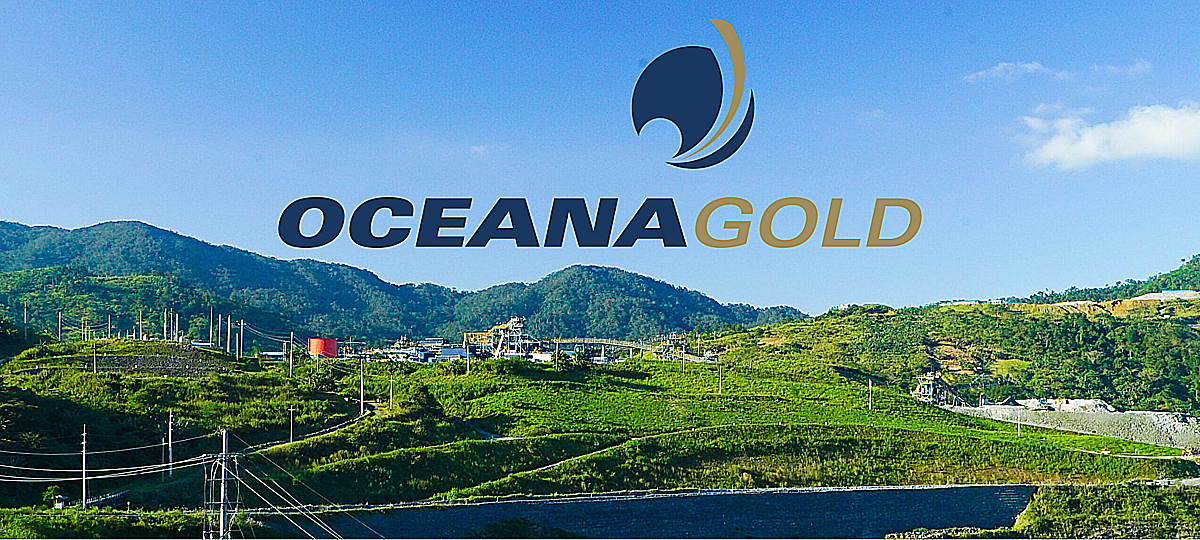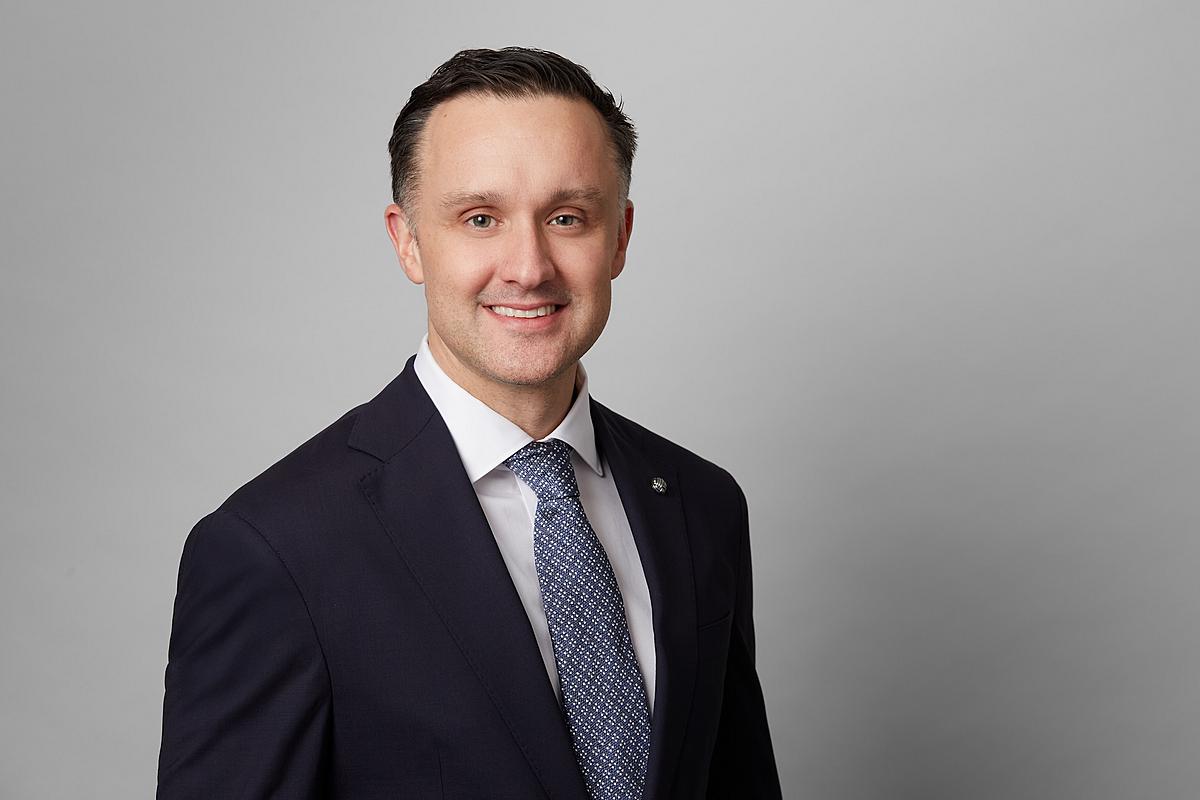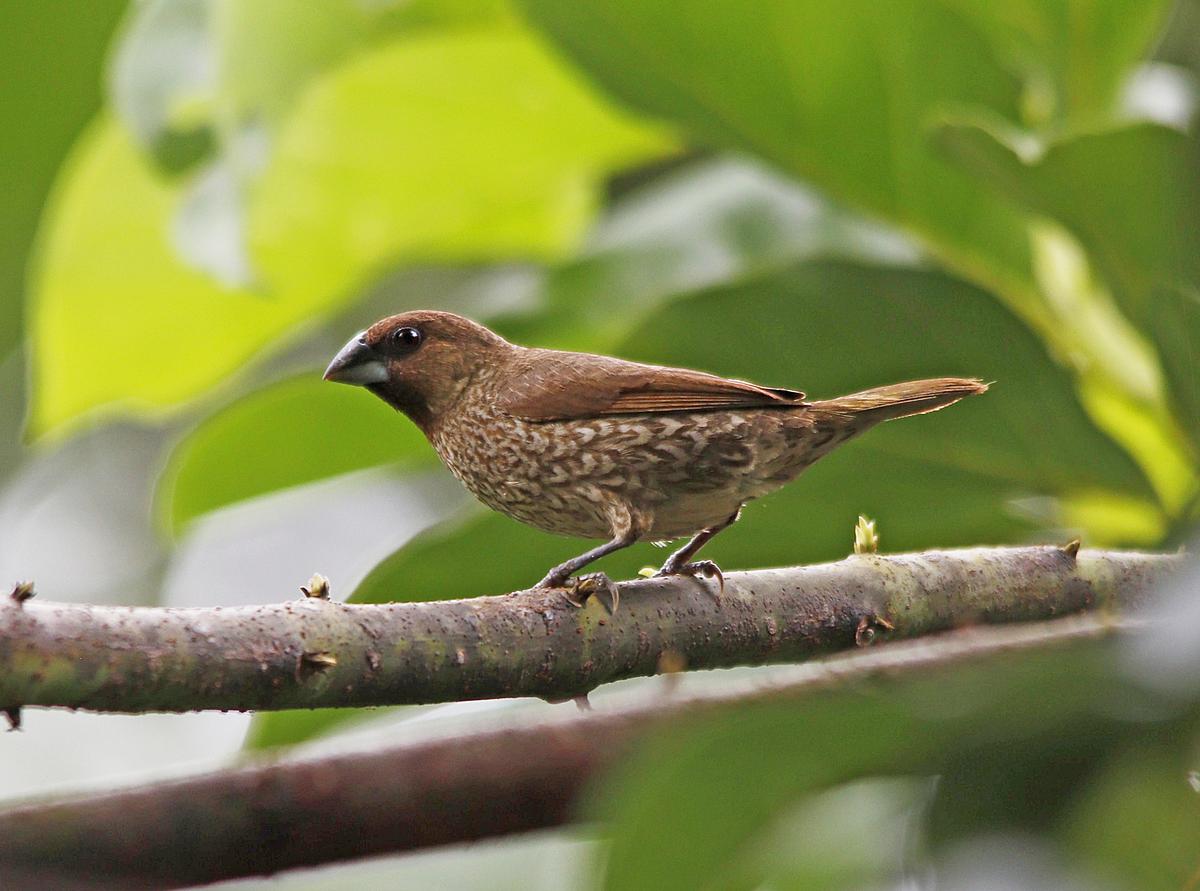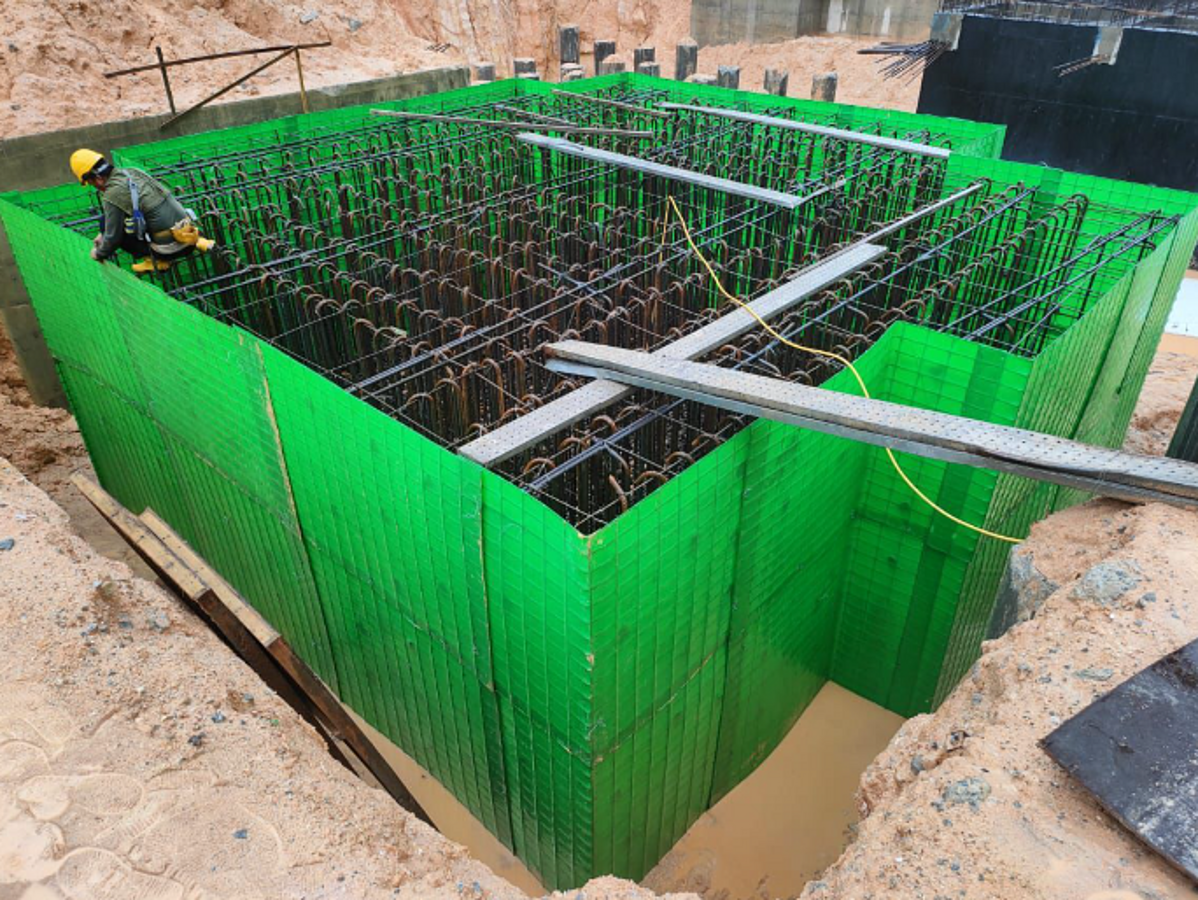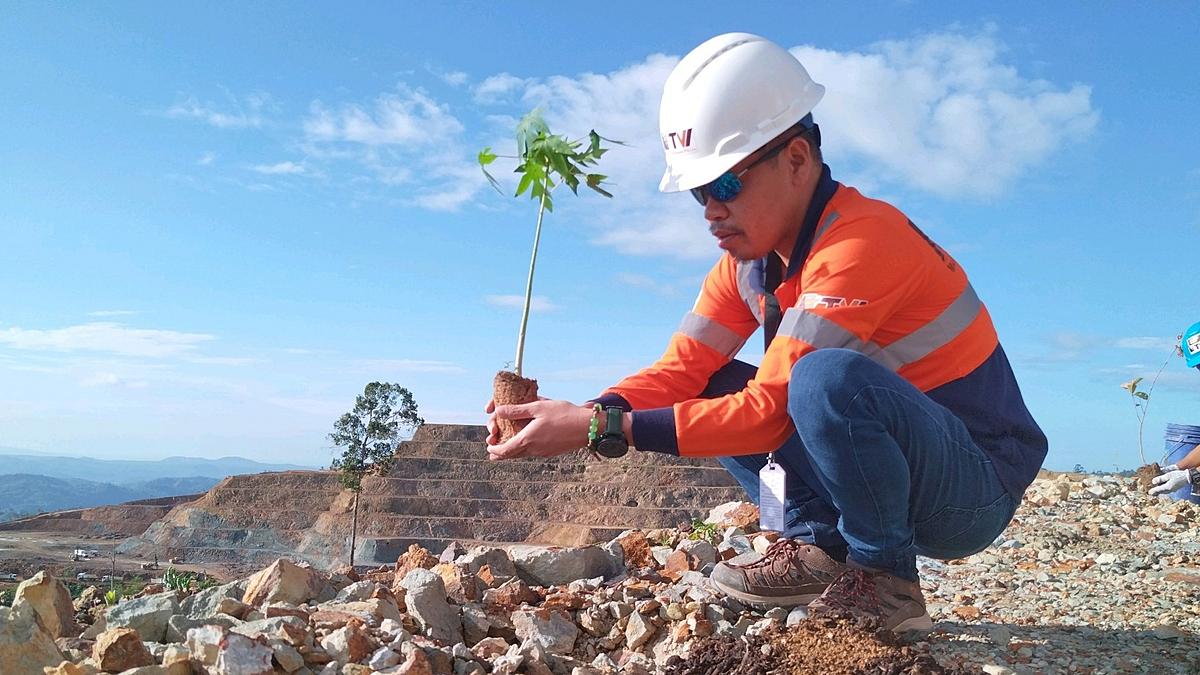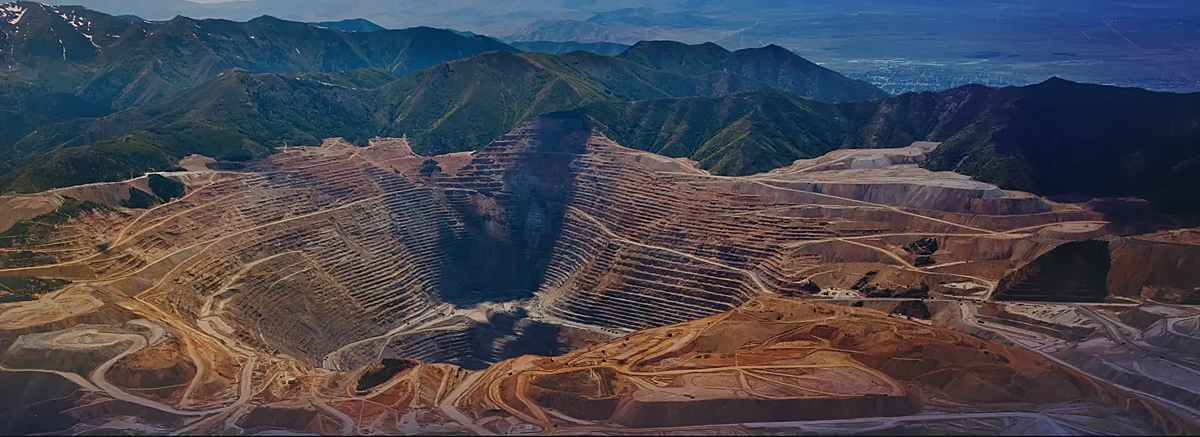(Photo courtesy of Mr Jason Magdaong, OceanaGold Phils. Inc. - “Didipio Mine: The Renewal of the Philippines’ First FTAA”)
According to OceanaGold Corporation (Melbourne), the Philippines Court of Appeals in Manila had set last 18 September 2019 as the hearing date for the company's application for a Writ of Preliminary Injunction. This is part of the company's appeal against the Nueva Vizcaya Provincial Court ruling of denying OceanaGold Phils. Inc.’s (OGPI) request to end the unlawful restraint of operations.
The Provincial Local Government Units of Nueva Vizcaya (PLGU) has been impeding access to the mine site since 1 July 2019. This is in response to an unlawful directive from the Governor to 'restrain any operations of the company. OGPI points out that the regulatory authority over the Didipio Mine rests with the National Government. They also clarified that the Local Government Code of 1991 (Republic Act No. 7160) does not grant the power of authority to the Provincial Governor or any local government officer to restrain any aspect of the Didipio operation. [1]
OGPI continues to work with the National Government to finalise the renewal of their Financial or Technical Assistance Agreement (FTAA) and remains open to the opportunity to engage with the Provincial government and work together in the best interest of the local stakeholders. The Company remains strongly committed to operating in accordance with the law and will always comply with its responsibility under its contract with the Philippine Government. [1]
Mr Mick Wilkes, President and CEO of OceanaGold said, "The Company has successfully developed and operated the Didipio Mine in the Philippines with a focus on delivering socio-economic benefits to local communities utilising international best practices and gaining a strong social license to operate. OceanaGold has established sound and collaborative relationships with regulatory authorities and stakeholders based on mutual respect."
"While this process is taking some time, we will always operate in line with our values and commitment to responsible mining, and this means working transparently with the Philippine regulatory authorities to maximise the speed of the renewal. We are encouraged by the engagement with the government to date as we continue to work towards a mutually-acceptable path forward on the FTAA renewal."
"I would like to recognise our world-class Philippine workforce of 1,500 workers who have remained focused on safety and preserving optionality at site during this uncertain time. We are proud to have positively contributed to the Barangay of Didipio, Province of Nueva Vizcaya and Quirino and neighbouring communities since 2012." [1]
The Didipio Mine of OceanaGold Phils. is an underground gold and copper mine located across the provinces of Quirino and Nueva Vizcaya. The mine operation has received numerous awards such as two Presidential Awards for being the most environmentally and socially responsible mining operations in the Philippines. Overseas, the company was awarded the 1st ASEAN Mineral Award for best practices in sustainable development.
OceanaGold's Didipio mine site (Philippines) is considered one of the safest gold mining operations in the world because for the past two years, the company has deployed state-of-the-art automated and digital underground mining technology.
For the past years, OGPI’s Didipio project has been providing significant socio-economic assistance to the province of Nueva Vizcaya and Quirino. Other than providing jobs to 1,500 workers (97% are Filipinos, 59% are from local communities) the company also provides several thousands of additional livelihood opportunities and indirect jobs through partnerships with cooperatives and social development organisations.
As an international company, OceanaGold Corporation is a mid-tier, high-margin, multinational gold producer with assets located in the Philippines, New Zealand and the United States. The Company's assets encompass the Didipio Gold-Copper Mine located on the island of Luzon in the Philippines. In New Zealand, OceanaGold Corporation operates the high-grade Waihi Gold Mine, the Frasers mine, and the largest gold mine in the country at the Macraes Goldfield. [1]
In the United States, the Company operates the Haile Gold Mine in South Carolina. The Haile Gold Mine is a top-tier, long-life, high-margin asset. OceanaGold Corporation also has a significant pipeline of organic growth and exploration opportunities in the Americas and Asia-Pacific regions.
From their media release, the Company states, “OceanaGold has operated sustainably since 1990 with a proven track-record for environmental management and community and social engagement. The Company has a strong social license to operate and works with its valued stakeholders to identify and invest in social programs that are designed to build capacity and not dependency.” [1]
“In 2019, the Company expects to produce between 500,000 to 550,000 ounces of gold and 14,000 to 15,000 tonnes of copper at All-In Sustaining Costs ranging between $850 and $900 per ounce sold.” [1]
#DidipioMine #OceanaGoldPH #ResponsibleMining #Philippines
Reference:
[1] OceanaGold Corporation Media Release - 13 Sept. 2019, retrieved from - https://www.oceanagold.com/investor-centre/news-releases/
Photos: Courtesy of OceanaGold (Phils.) Inc. - Retrieved from - https://www.oceanagold.com/downloads/images/

